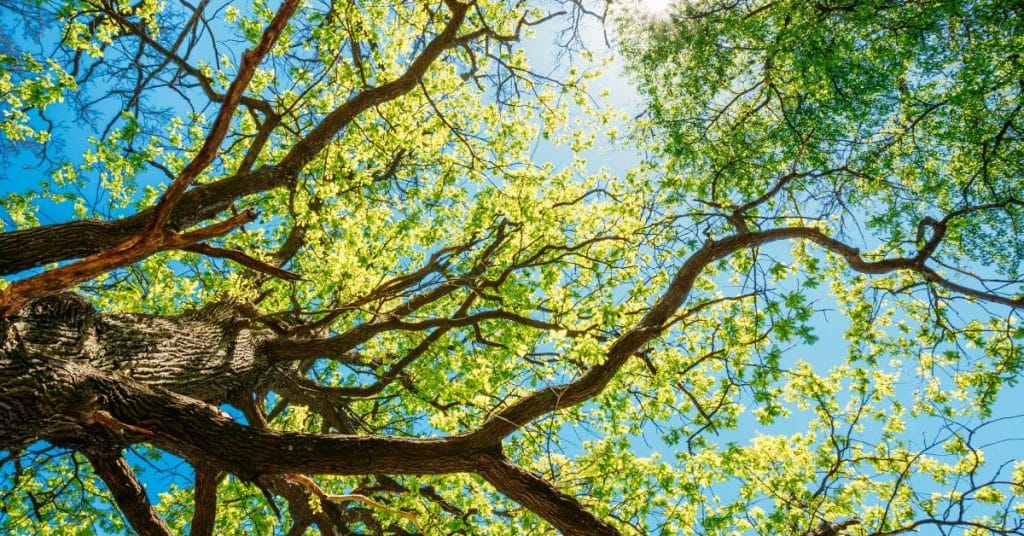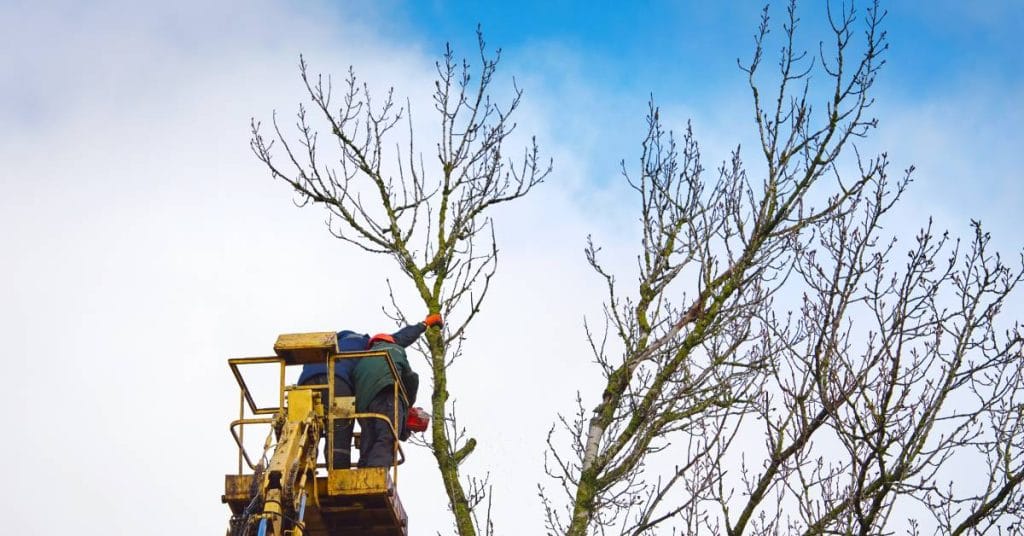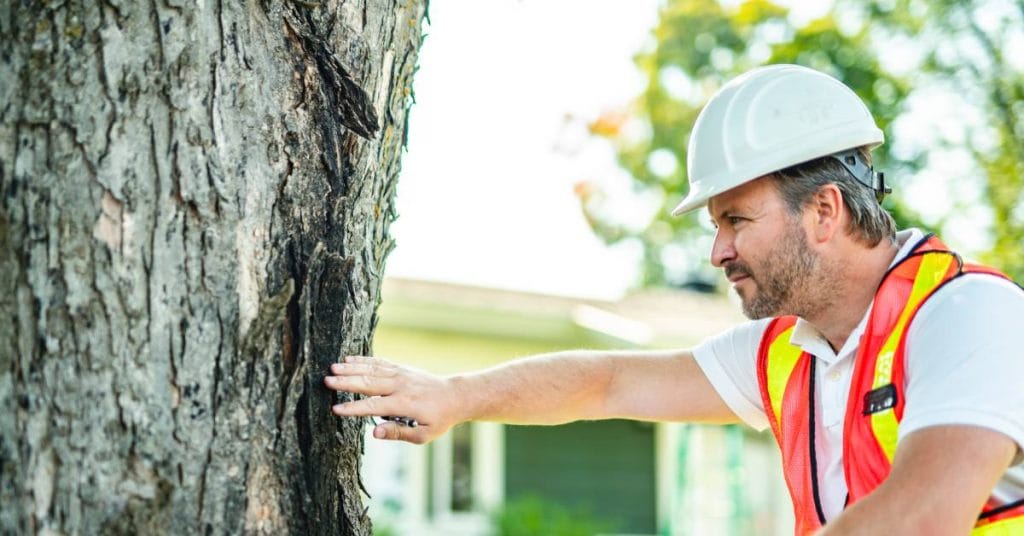A Look at How Tree Crown Restoration Is Done

Tree crown restoration is a nuanced procedure that focuses on the recovery and structural enhancement of a tree’s crown. Trees that have suffered significant damage due to storms, improper pruning, or natural decay require careful restoration to regain their health and stability. Understanding this process helps homeowners nurture and preserve their trees, maintaining the integrity of their home’s landscape and local ecosystems.
Take a look at how tree crown restoration is done and the steps involved in healing damaged trees.
What Is Tree Crown Restoration?
Tree crown restoration is the strategic pruning and management of a tree’s canopy to correct structural defects and encourage healthy growth. By restoring a tree’s crown, you create a safe outside environment with long-term healthy trees that are free of decay or broken branches. Restoration for trees that have suffered from storm damage or other issues can restore the tree’s stability and vitality.
Certified arborists approach crown restoration with techniques that consider the tree’s species, age, and the extent of the damage. This process can take months or even years, but it allows the tree to heal gradually, reducing the risk of stress or further damage.
Assessing the Damage
Every restoration project begins with a thorough evaluation of the tree’s condition. Arborists identify the extent of structural and aesthetic damage, including signs of disease, pest infestations, or decay, which dictates the approach for restoration.
Trees damaged by high winds, heavy snow, or improper pruning can exhibit growth patterns that weaken the crown. Missing or broken limbs, crossing branches that may cause injury, or dense foliage that restricts airflow and light can also compromise a tree’s health and require attentive care.
During the assessment phase, arborists prioritize safety and stability, addressing immediate risks like dead or hazardous branches first to eliminate potential threats. The evaluation also considers opportunities to create a balanced canopy. This careful coordination lays the groundwork for more precise restorative practices.
Planning the Restoration

Tree crown restoration is never a one-size-fits-all solution. Effective restoration considers the tree’s inherent growth characteristics and the surrounding landscape. Every step serves the tree’s natural development, all while not imposing undue stress.
Arborists use their expert knowledge to decide which branches need pruning or removal to naturally balance the tree. For trees that have lost major limbs or sections of their crown, arborists will strategically thin out the canopy to redirect energy to healthier areas of growth.
The timeframe for tree crown restoration varies depending on the tree’s size, species, and the extent of damage, but noticeable improvements can take anywhere from several months to a few years. While the tree may begin to show signs of recovery relatively quickly, full restoration of the canopy structure and overall health can require ongoing care.
Pruning Techniques To Restore the Crown
Tree crown restoration has a very important step: pruning. Professional arborists use advanced pruning methods to control growth, improve airflow, and shape damaged trees carefully.
Selective Pruning
Selective pruning begins with identifying the dominant or leader branches, which provide structural support and guide the tree’s vertical and lateral growth. By removing competing or weaker branches, the dominant branches can thrive. Making careful cuts to minimize stress and avoid removing excess foliage maintains the tree’s vitality throughout the process.
Thinning and Reducing Crowding
Thinning the tree’s canopy prevents overcrowding, promoting even light distribution and improved airflow while reducing fungal growth and improving the tree’s resilience to diseases. Precision is crucial to ensure the remaining branches are strong enough to support the tree’s recovery and structure. This process is best done in the dormant season to minimize stress.
Reduction Cuts
Reduction cuts are typically made on outer branches or limbs to shorten their length to preserve the natural shape of the tree’s crown. When performed correctly, these cuts help maintain the tree’s structural integrity, prevent the growth of weak branches, and redirect energy to healthier parts of the canopy. Make cuts just above the lateral branch or bud to promote new growth in the right direction.
Encouraging Healthy Growth
Once a tree has made some structural improvements, the next step is promoting healthy regrowth. If the restoration plan requires it, regularly fertilize so that the tree receives essential nutrients that support its defense system and development.
Monitoring water is an equally important factor. Arborists often guide homeowners on the correct watering schedules to prevent overhydration or dehydration. Newly pruned trees are particularly vulnerable, making sustained hydration crucial during the recovery process.
Collaborating With Professionals

Although homeowners may feel tempted to tackle tree crown restoration themselves, certified arborists handle the technical and safety aspects properly. The use of specialized tools such as pole pruners, chainsaws, and climbing systems demands extensive experience and training.
Professionals provide extensive knowledge of tree biology, disease prevention, and site-specific challenges you may not understand or consider. They know the nuances of restoration across varying tree species and can assess a tree’s condition holistically. Experts can help you create a safe environment with trees and landscaping that will be beautiful for many years.
Why Tree Crown Restoration Matters
One benefit of tree crown restoration is aesthetic improvement, but beyond that, it also creates a safer environment. Trees that are structurally sound are less likely to have falling branches or toppled canopies. Essentially, by restoring damaged trees, arborists and homeowners can extend the life of their trees and contribute to wildlife habitats.
By rehabilitating trees instead of replacing them, you and tree care professionals alike reinforce conservation goals and environmental responsibility. Restoration helps preserve large, mature trees that might otherwise need removal. These trees play essential roles in carbon storage, shade provision, and stormwater mitigation.
Entrust Your Tree Care to All Around Arbor
Homeowners who invest in tree crown restoration show a commitment to preserving the natural beauty of their property. Through thoughtful assessments, selective pruning, and continuous maintenance, tree canopies can achieve a full, healthy recovery over time.
For projects like these, quality and professionalism are nonnegotiable. Rely on the expertise of All Around Arbor and our dedicated team to bring years of experience in tree trimming services, and let them show you how tree crown restoration is done. Contact us for expert guidance and personalized care.


Comments